
Privacy statement: Your privacy is very important to Us. Our company promises not to disclose your personal information to any external company with out your explicit permission.
Products
Model No.: SN-900
Brand: SKYSIL
Classification: Chemical Auxiliary Agent
Place Of Origin: China
Types Of: Carbon Black
Application Field: Coating Auxiliary Agents, Textile Auxiliary Agents, Leather Auxiliary Agents, Electronics Chemicals, Paper Chemicals, Plastic Auxiliary Agents
Kind: Thickener
Appearance: Powder
Application: Rubber Coating
Special Function: Antistatic
Property: Water-Solution
Auxiliary System: Oil Type Coating Auxiliary Agent
Usage Stage: Manufacturing Stage
Packaging: 10 kgs/bag, 360 kgs/Pallet, 20 fcl 3.6 Ton With Palletized,
Productivity: 10000 Ton/Year
Transportation: Ocean,Land,Air
Place of Origin: China
Supply Ability: 1000 Ton/Month
Certificate: SGS/ ASTM / ROHS / REACH
HS Code: 2811229000
Port: Guangzhou,Shenzhen,Shanghai
Payment Type: L/C,T/T,D/P,Paypal
Incoterm: FOB,CFR,CIF,EXW

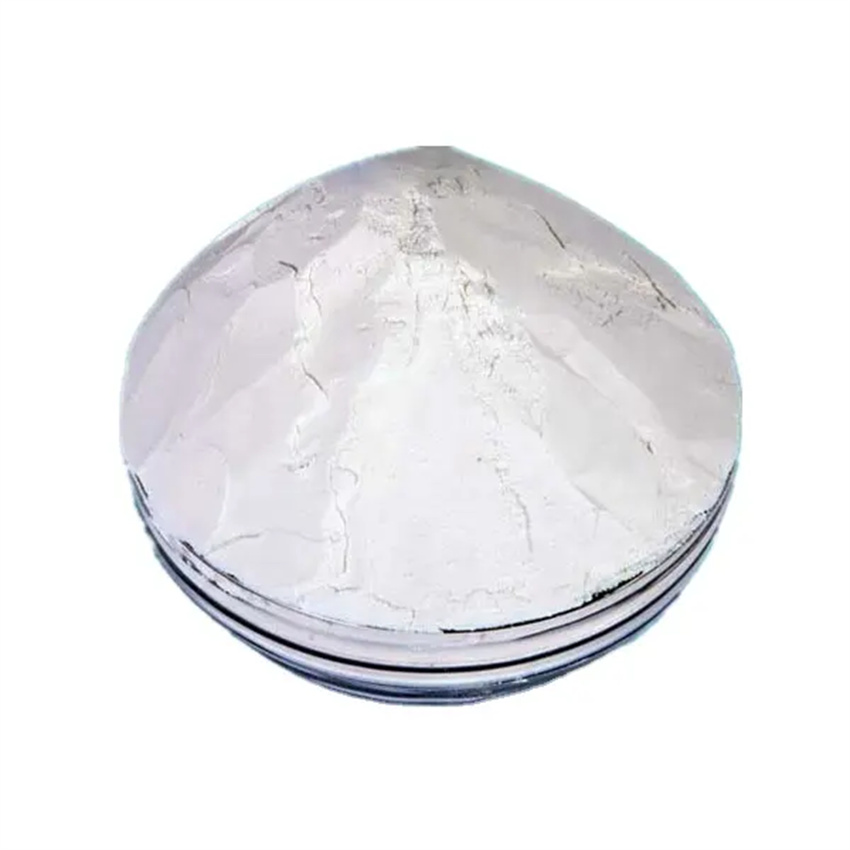
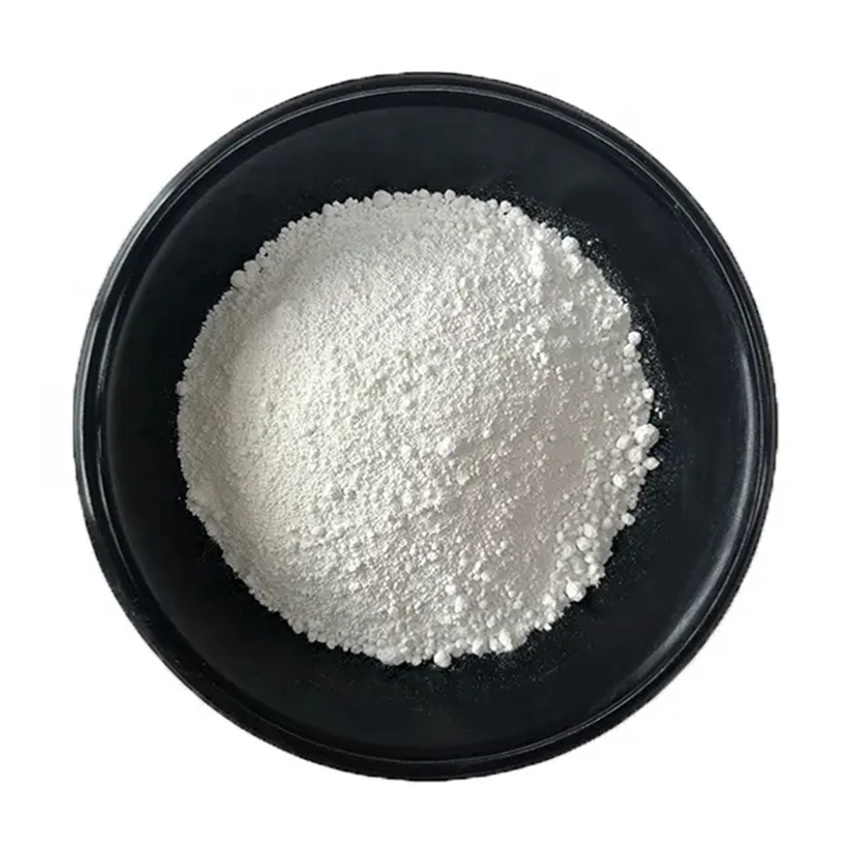
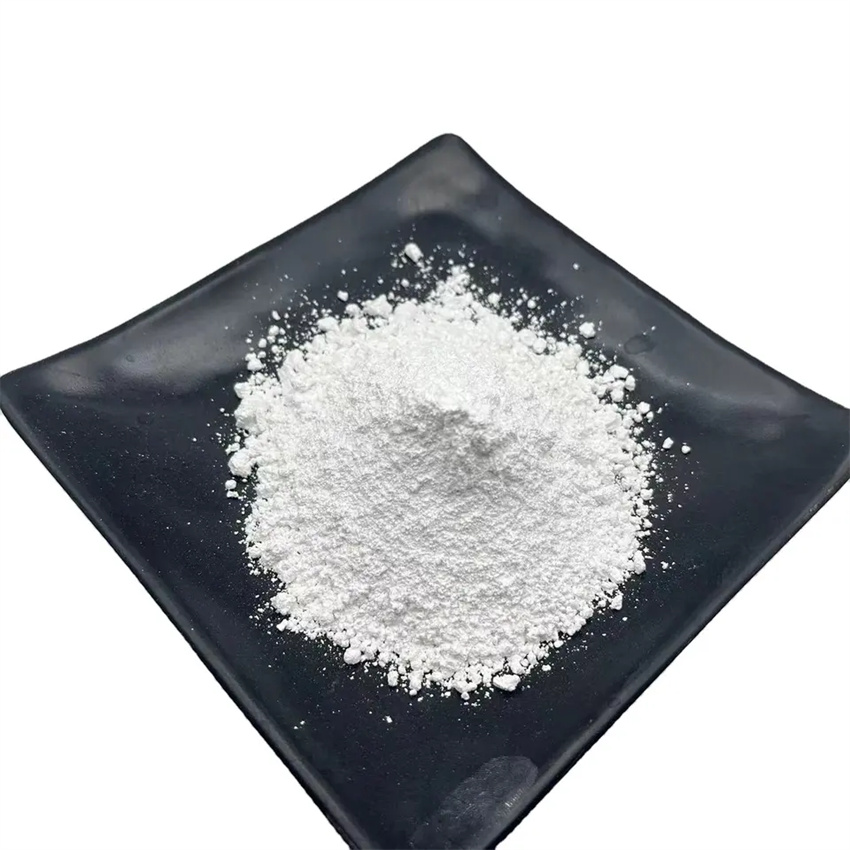
Anticorrosive coating refers to a liquid or solid material that can form a thin film on the surface of an object under certain conditions
for protection, decoration or other special functions (insulation, rust prevention, mildew prevention, heat resistance, etc.). Because
most of the early coatings used vegetable oil as the main raw material, they were also called paints. Synthetic resins have mostly or
completely replaced vegetable oils, so they are called coatings.
In the formulation of anticorrosive coatings, silica is used as a thickening, thixotropic and anti-settling additive. The thickening, anti-settling,
suspension and other effects make additives such as fillers evenly dispersed in the resin without precipitation; the thixotropic effect gives the
coating excellent anti-sagging properties and thick coating properties, improving the construction performance.
When silica is dispersed in a non-polar liquid, the silanol groups on the surface of different particles interact through hydrogen bonds to form
bridges, and the composition of this three-dimensional structure produces a thickening effect. When the system is affected by mechanical external
forces, such as stirring or shaking, the structure is destroyed. The type and duration of the mechanical external force determine the extent of the
damage, and the result is that the thickened system becomes liquid again. If kept static, the silica particles will connect to restore the original
viscosity. This phenomenon is called pseudoplasticity.
Anti-corrosion coatings are mostly systems such as epoxy resins, polyurethane resins, and vinyl resins. These resins have strong polar groups and
generally use Hydrophilic Fumed Silica, which is easy to solvent effect. The viscosity and suspension effect after dispersion are good, but after being
placed for a week to ten days, the polar groups destroy the hydrogen bonds of the network structure, resulting in hydrogen bond cracking, thinness,
no thixotropy, filler precipitation and other problems. Therefore, it is recommended to use hydrophobic modified Fumed Silica, which has strong stability
and avoids solvent effect.
The thickening and thixotropy of silica depends largely on the dispersion strength, and at least a high-speed disperser is required. In order to achieve a
good dispersion effect, a rotor stator dispersion or a ball machine or a three-roller dispersion can be used.
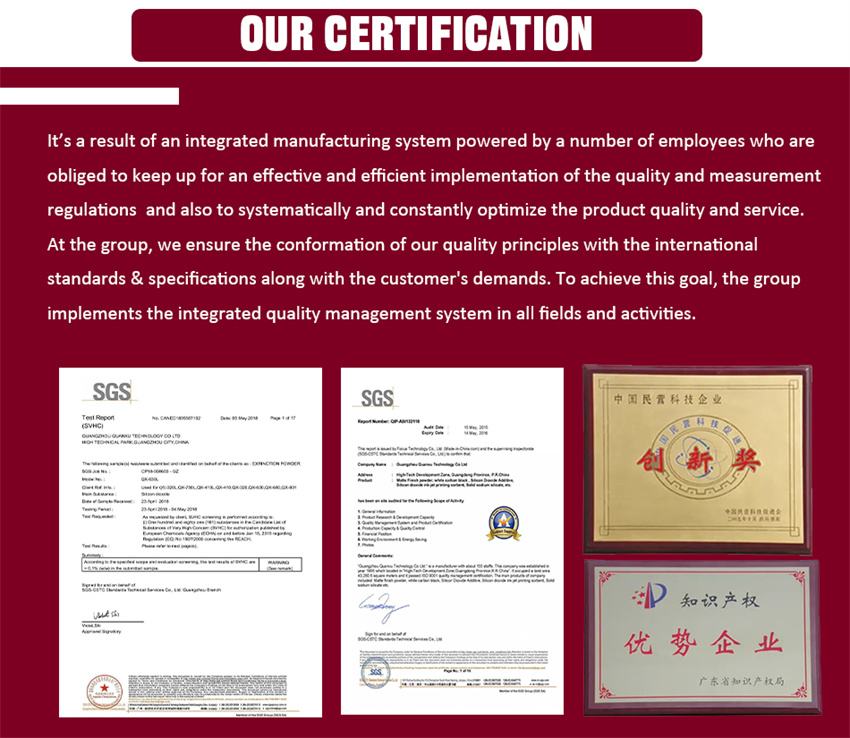
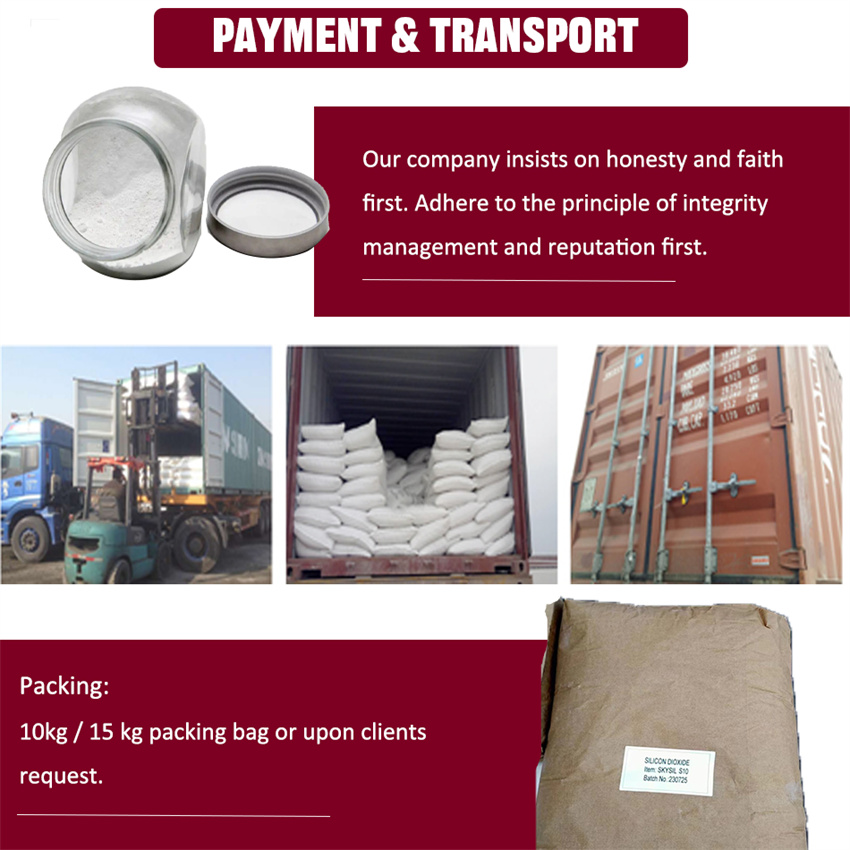


Anticorrosion Pigments,
Inkjet Receptive Coating,
Matting Agent
Product Categories : Anti Corrosive Pigment


Privacy statement: Your privacy is very important to Us. Our company promises not to disclose your personal information to any external company with out your explicit permission.

Fill in more information so that we can get in touch with you faster
Privacy statement: Your privacy is very important to Us. Our company promises not to disclose your personal information to any external company with out your explicit permission.